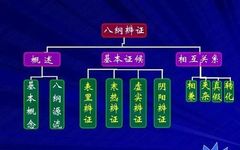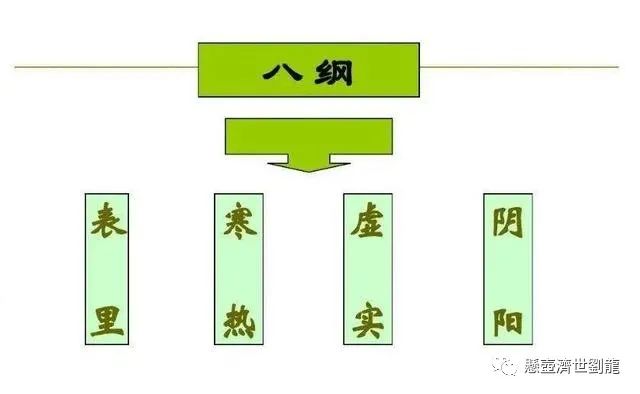
Both xuzheng (deficiency syndrome) and shizheng (excess syndrome) can present with true and false symptoms. “Zhixu you shenghou” (extreme deficiency may have excess signs) and “Dashi you lingzhuang” (extreme excess may show deficiency signs) refer to the authenticity of the symptoms.
True and false refer to the essence being an excess syndrome, yet showing some deficiency-like symptoms.
Clinical manifestations may include a silent demeanor, fatigue, emaciation, and a deep, thin pulse. However, despite being silent, when they do speak, their voice is loud and strong; despite fatigue, they feel comfortable when moving; their limbs may be emaciated, but the abdomen is hard and resistant to pressure; the pulse is deep and thin, yet strong upon palpation. Symptom analysis indicates that due to heat accumulation in the stomach and intestines, phlegm and food stagnation, damp-heat accumulation, and blood stasis, the pathogenic qi accumulates significantly, leading to obstruction of the meridians, preventing the smooth flow of qi and blood, thus presenting symptoms similar to deficiency syndrome. However, the essence is excess, hence the loud voice despite silence, the comfort in movement despite fatigue, the emaciated limbs with a hard and resistant abdomen, and the deep yet strong pulse. Therefore, as stated in the Gu Shi Yi Jing: “Accumulation in the interior, painful upon pressure, red complexion, strong pulse indicates excess; if silent and unwilling to speak, limbs unwilling to move, or experiencing dizziness and diarrhea, it indicates extreme excess with deficiency signs.” True deficiency and false excess refer to the essence being a deficiency syndrome, yet showing some excess-like symptoms.
Clinical manifestations may include abdominal distension, shortness of breath, or constipation, with a rapid pulse. However, the abdomen may be distended yet sometimes relieved, or upon palpation, there are no masses and pressure is welcomed; despite shortness of breath, the breathing is weak; despite constipation, the abdomen is not overly hard; despite difficulty urinating, there are no signs of a red tongue or thirst. Additionally, there may be fatigue, a pale or sallow complexion, a weak pulse, and a pale, swollen tongue. Symptom analysis indicates that the pathogenesis is often due to organ deficiency, insufficient qi and blood, weak transformation and transportation, and obstructed qi mechanism, thus presenting symptoms similar to excess syndrome. However, the essence is deficiency, hence the abdominal distension that sometimes relieves, or the absence of masses upon palpation indicating it is not due to internal accumulation of excess pathogenic factors, but rather due to spleen deficiency and poor transportation; shortness of breath and weak breathing indicate it is not due to obstruction of pathogenic qi, but rather due to lung and kidney qi deficiency, leading to insufficient reception; constipation with a not overly hard abdomen indicates the yang qi has lost its warming and transporting ability, leading to stagnant bowel qi; deficiency of yang qi may also lead to difficulty in urination; fatigue, pale or sallow complexion, weak pulse, and pale, swollen tongue further indicate the essence of deficiency of righteous qi. Therefore, the Gu Shi Yi Jing states: “Pain in the heart area, pressure alleviates, pale complexion, weak voice, weak pulse indicates deficiency; if severely distended and unable to eat, qi is not smooth, and bowel movements are not smooth, it indicates extreme deficiency with excess signs.”
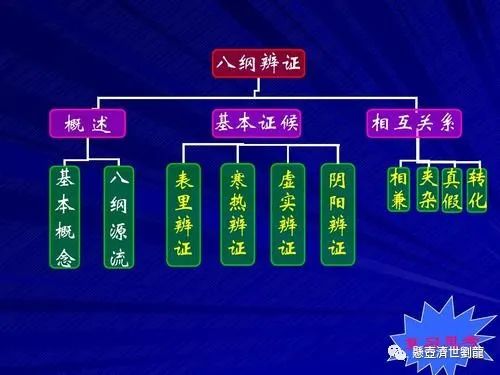
The differentiation of true and false in symptoms is based on the pulse and tongue. If it is indeed an excess syndrome, the pulse must be large, rapid, and strong upon pressure; if it is indeed excess heat, the tongue must be dry, yellow, and firm. How can there be no pulse upon strong pressure and still be called an excess syndrome? Or a tongue that is entirely swollen and tender and still be called excess heat? Thus, the key to distinguishing true and false lies in the strength or weakness of the pulse, the presence or absence of spirit, particularly the deep pulse being the true essence; next is the tongue quality being tender and swollen versus pale and old, the voice and breath being loud and strong versus low and weak; the patient’s constitution, the duration of the illness, and the treatment process are also bases for analysis. It should be noted that in clinical practice, symptoms reflecting deficiency and excess are often mixed, with both deficiency of righteous qi and excess of pathogenic qi present, making it difficult to distinctly separate the mixed nature of the illness. During clinical differentiation, one should distinguish the severity of deficiency and excess and analyze their causal relationships. Symptom transformation refers to the changes in the location, nature of the disease, or the state of pathogenic and righteous qi during the development of the illness, transforming from one symptom to its opposite. Symptom transformation indicates that both the essence and manifestation of the symptoms have changed, thus differing from the concepts of symptom combination, mixing, and true-false. However, it should be noted that before such qualitative changes occur in symptom transformation, there is often a quantitative change process, thus prior to symptom transformation, symptoms may present as a combination or mixing. There are two possibilities for symptom transformation: one is the condition deepening and worsening; the other is the condition improving and lightening.
Exterior and interior transformation refers to the mutual transformation of the exterior and interior conditions of the disease, either transforming from exterior to interior or from interior to exterior. Generally, such changes in disease location, from exterior to interior often indicate a worsening condition, while from interior to exterior often indicates an improvement. Understanding the changes in the exterior and interior conditions of the disease is crucial for predicting the development and outcome of the illness, timely changing treatment methods, and effectively guiding the treatment direction.
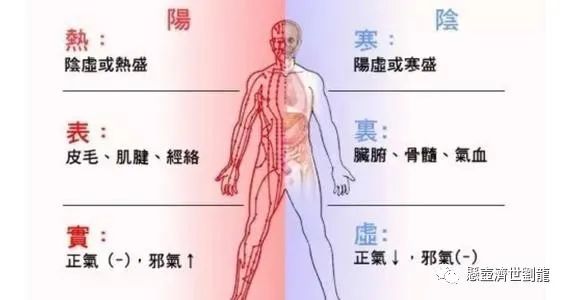
Transformation from exterior to interior indicates that symptoms have transformed from exterior syndrome to interior syndrome, meaning the disease condition has deepened. For example, if the six excesses invade the exterior and are not resolved externally, they often penetrate inward, leading to the disappearance of exterior symptoms and the emergence of interior symptoms. For instance, initially presenting with chills and fever, floating pulse, etc., when the chills disappear and only fever remains, with a red tongue and yellow coating, and a rapid pulse, it indicates that the exterior pathogenic factor has entered the interior, transforming into an interior heat syndrome. Transformation from exterior to interior generally occurs in the early to mid-stages of externally contracted diseases, where the body fails to resist the pathogenic factor outwardly, or the pathogenic factor is too strong, or due to improper care or mismanagement, leading to the pathogenic factor penetrating inward and worsening the condition. Transformation from interior to exterior indicates that the pathogenic factor within has reached the exterior, indicating a trend towards recovery. Some interior syndromes, when treated promptly and with proper care, enhance the body’s resistance, allowing the pathogenic factor to be expelled outward, thus presenting symptoms or signs of the pathogenic factor reaching the exterior. For example, in children with measles, if the heat toxin is trapped internally, the rash does not appear, leading to fever, cough, and irritability; if the measles toxin reaches the exterior, the rash appears, and the fever and cough subside; in externally contracted warm diseases, symptoms such as fever and thirst may improve with sweating, indicating the pathogenic factor has reached the exterior.
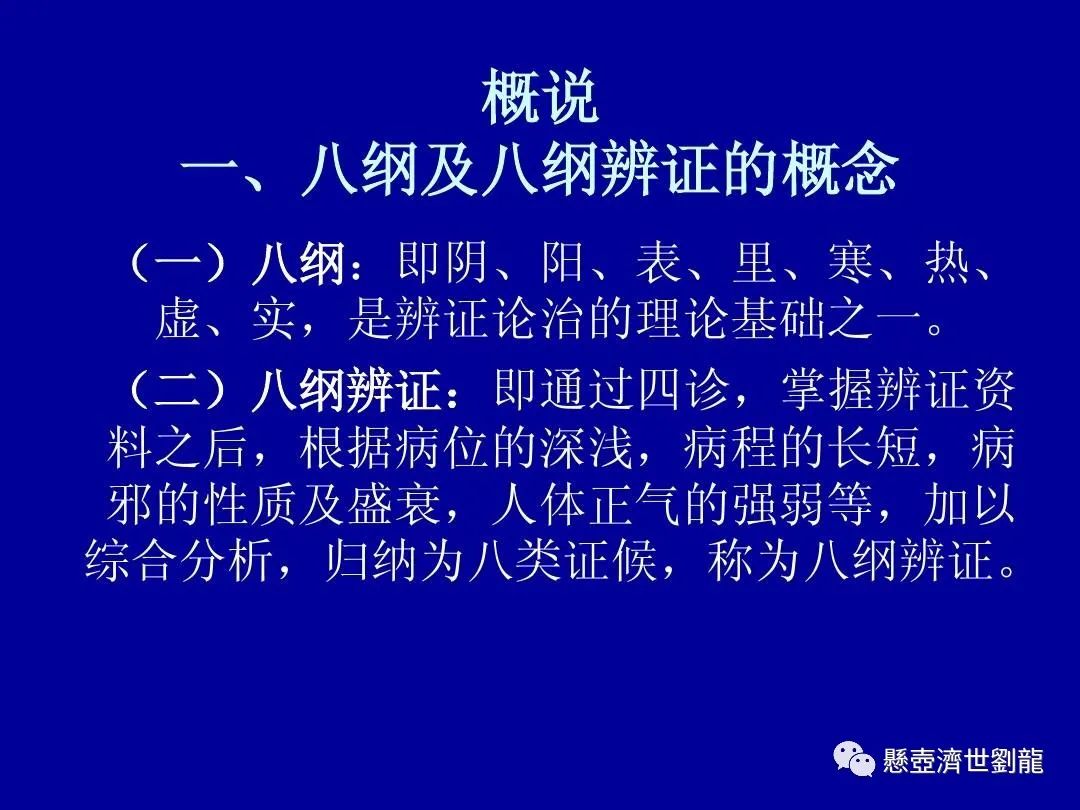
Transformation of cold and heat refers to the opposite transformation of the cold and heat nature of the disease. Cold syndrome transforming into heat indicates strong yang qi, while heat syndrome transforming into cold indicates weak yang qi. Cold syndrome transforming into heat means that a condition originally characterized by cold later presents with heat symptoms, while the cold symptoms disappear. Cold syndrome transformation into heat often occurs when the exterior cold pathogen has not been promptly expelled, and the body’s yang qi is relatively strong, leading to internal heat accumulation to a certain degree, causing the cold pathogen to transform into heat; or when cold-damp pathogens are obstructing, while the body’s yang qi remains strong, leading to transformation from cold to heat; or excessive use of warming and drying substances can also cause cold syndrome to transform into heat syndrome. For example, cold-damp bi syndrome initially presents with cold pain, heaviness, and numbness in the joints, but over time, or with excessive use of warming and drying medications, it can transform into red, swollen, and burning pain; asthma caused by cold may initially present with thin, white phlegm, but over time, the tongue may become red with a yellow coating, and the phlegm may become thick and yellow; cold sores that are initially swollen and painless may later become red, swollen, and painful, indicating transformation from cold to heat.
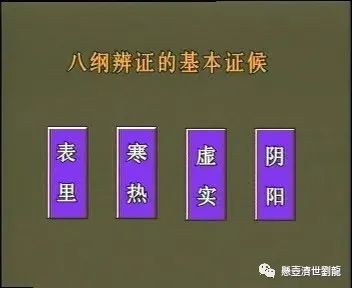
Heat syndrome transforming into cold indicates that a condition originally characterized by heat later presents with cold symptoms, while the heat symptoms disappear. This is often seen in severe cases of heat toxin, or due to mismanagement or mistreatment, leading to excessive pathogenic qi, damaging righteous qi, and resulting in the body being unable to withstand the pathogenic factor, leading to a state of deficiency-cold, or even signs of yang collapse. For example, in the early stages of epidemic dysentery, high fever and thirst may be present, with a red tongue and rapid pulse, but if there is a sudden onset of cold limbs, pale complexion, and weak pulse, or if the condition persists, leading to cold intolerance, pale complexion, and a pale tongue, it indicates transformation from heat to cold. The mutual transformation of cold and heat is determined by the comparison of the strengths of the pathogenic and righteous forces, with the key being the rise and fall of the body’s yang qi. Cold transforming into heat indicates that the body’s righteous qi is still strong, and the yang qi is relatively vigorous, allowing the pathogenic factor to transform into heat, suggesting that the body’s righteous qi can still resist the pathogenic factor; heat transforming into cold indicates that although the pathogenic factor is weakened, the righteous qi is insufficient, the yang qi is depleted, and the condition is worsening.
Transformation of deficiency and excess refers to the opposite transformation of the deficiency and excess nature of the disease, indicating a fundamental change in the relationship between the pathogenic and righteous forces. The transformation from excess to deficiency is a general rule of disease; the transformation from deficiency to excess often indicates a mixture of symptoms. Transformation from excess to deficiency means that a condition originally presenting as excess later presents as deficiency, indicating the development of the illness. The trend of the struggle between pathogenic and righteous forces may either indicate that the righteous qi overcomes the pathogenic factor and improves, or that the righteous qi is unable to overcome the pathogenic factor, leading to a prolonged condition. Thus, over time, or due to mismanagement or mistreatment, the righteous qi may be damaged and insufficient to resist the pathogenic factor, leading to transformation from excess to deficiency. For example, initially presenting with cough, phlegm, and coarse breathing, over time, the patient may show shortness of breath, low voice, pale complexion, pale tongue, and weak pulse; or initially presenting with high fever, thirst, and profuse sweating, later presenting with fatigue, drowsiness, reduced appetite, dry throat, tender red tongue without coating, and rapid pulse, indicating that although the pathogenic factor has been expelled, the righteous qi has been damaged, leading to transformation from excess to deficiency. Deficiency syndrome indicates insufficient righteous qi, declining organ function, and loss of nourishment to tissues, or sluggish qi transformation, leading to qi and blood stagnation, pathological products accumulating, and excess becoming the main contradiction, presenting symptoms primarily of excess.
Transformation from deficiency to excess actually indicates that deficiency has led to excess, thus it does not represent a positive change in the condition, but rather indicates the development of the illness. For example, if the heart yang qi is deficient for a long time, it cannot warm and transport effectively, leading to blood stasis, and on the basis of original heart qi deficiency, symptoms such as chest pain, purple lips and tongue, and a choppy pulse may appear, indicating blood stasis in the heart, where blood stasis has exceeded the deficiency of heart qi, which can be seen as transformation from deficiency to excess. Similarly, if the spleen and kidney yang are deficient, they cannot warm and transport fluids, leading to excessive dampness and resulting in edema; after blood loss, the patient may present with pale complexion, pale tongue, and weak pulse, indicating blood deficiency, and due to blood deficiency failing to moisten the intestines, leading to symptoms such as constipation, abdominal distension, and foul breath. These generally indicate that excess has arisen from deficiency, and do not represent a true transformation from deficiency to excess. In summary, the so-called transformation from deficiency to excess does not mean that the righteous qi has recovered, and the pathogenic factor has become excessive, indicating that the pathogenic factor is excessive while the righteous qi is not deficient, but rather that it has transformed into a symptom primarily characterized by excess on the basis of deficiency.
The Eight Principles are concepts abstracted from specific phenomena, and using the Eight Principles to differentiate and summarize symptoms is a method for analyzing the common characteristics of diseases, representing one aspect of the application of the Eight Principles in TCM. Exterior and interior is a basic guideline for distinguishing the depth of the disease; cold and heat, deficiency and excess are basic guidelines for distinguishing the nature of the disease; yin and yang serve as a general guideline for categorizing diseases and summarizing symptoms, encompassing the six principles of exterior and interior, cold and heat, deficiency and excess. Since the Eight Principles are the most general summary of the body’s response state during the disease process, they represent the most basic principled requirements for differential diagnosis, thus the symptoms of the Eight Principles belong to the principle symptoms. Through the Eight Principles, one can identify the key aspects of the disease, grasp its essentials, determine its type, and predict its trend, providing direction for treatment. The Eight Principles differentiation is foundational in diagnosis, serving to simplify complex cases and highlight key points, applicable to various clinical departments and diseases, while other differentiation methods are specific deepening of the Eight Principles differentiation. The Eight Principles differentiation provides a principled differentiation of the essence of the disease from eight aspects. However, this does not mean that the Eight Principles differentiation simply divides various symptoms into eight distinct categories, as the Eight Principles are not isolated from each other but are interconnected and variable, allowing for combinations, mixing, and transformation, such as simultaneous exterior and interior diseases, mixed deficiency and excess, mixed cold and heat, exterior syndrome entering the interior, interior pathogenic factors emerging to the exterior, cold transforming into heat, heat transforming into cold, excess transforming into deficiency, and deficiency transforming into excess, etc. Moreover, there may be the possibility of true and false symptoms, such as true heat and false cold, true cold and false heat, true deficiency and false excess, true excess and false deficiency, etc., which greatly increases the complexity of the Eight Principles differentiation, thus allowing for the combination of various more specific symptoms, such as exterior and interior excess cold syndrome, exterior cold and interior heat syndrome, etc., thereby expanding the feasibility and practicality of differentiation in clinical practice. Although the symptoms in clinical practice are complex and variable, they can all be summarized using the Eight Principles.


Consultation WeChat ID

